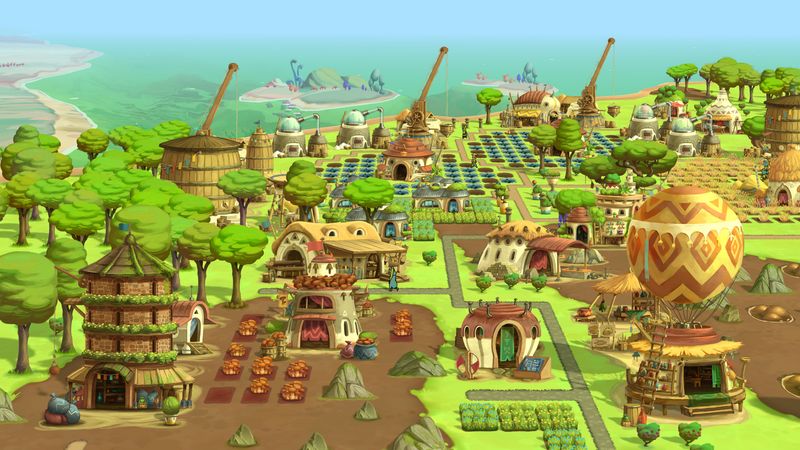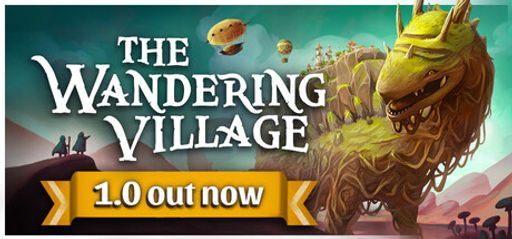Hey friends! I’ve been enjoying The Wandering Village, a charming city-builder from Stray Fawn Studio. You build your settlement on the back of a giant wandering creature named Onbu. Here are my thoughts.
Overall Impressions
Building a village on a living colossus feels fresh and magical. You forge a genuine bond with Onbu as you plan paths and place homes. With each step, the land beneath your feet shifts, so the world never feels static. Instead, it thrives and breathes alongside your village, making every decision resonate deeply.
Menu Management
The management menu can feel clunky during crises. Alerts often whisper instead of announce, so you might miss a poisonous spore outbreak until half your crops are ruined. A bolder warning system and streamlined navigation would let you react faster, transforming frantic micromanagement into a smoother, more enjoyable experience.
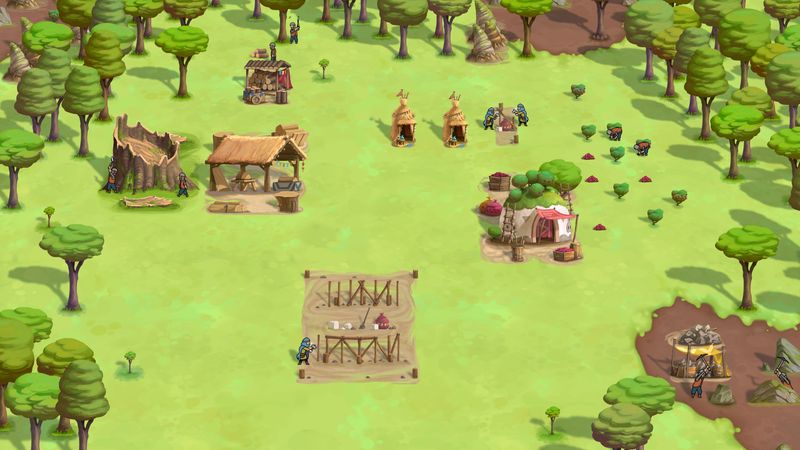
Personality and Style
This title bursts with personality compared to other city-builders. No cookie-cutter buildings here—every structure has variants, and each villager has a unique name and quirky trait. The balance between cozy charm and robust mechanics delivers emotional depth without overwhelming complexity, making every session feel both intimate and richly rewarding.
Gameplay Mechanics
Randomized Onbu backdrops and shifting spore zones keep each run fresh and unpredictable. Quick-decision moments—like choosing which crops to risk in toxic air or which tech upgrades to prioritize—add meaningful tension. Scouting expeditions are a highlight: sending villagers out for resources, then racing to safety as spore clouds roll in creates a constant ebb and flow of excitement.
Task Assignment & Alerts
Critical notifications still slip through when things heat up. Subtle alerts can go unnoticed until disaster strikes, and farmers sometimes wander into danger because you can’t flag hazards fast enough. A more robust alert system and finer-grained task assignment would cut down on frantic micromanagement and let players focus on strategy.

Memorable Surprises
Some runs deliver truly memorable moments. Discovering a hidden geothermal vent on Onbu’s ridge felt like unearthing a secret gift—I rerouted paths to harness its warmth, and my settlement thrived. Another time, a sprawling mushroom forest forced me to completely rethink my layout. Those tense scrambles make the eventual victory all the sweeter.
Story and Characters
To begin with, Onbu itself shines as the game’s star character—its gentle footsteps and unpredictable movements feel almost alive. Naming your favorite spots—whether “Breezy Plateau” or “Crystal Falls”—fosters genuine attachment and turns simple map labels into cherished landmarks. Furthermore, villagers bring the settlement to life with distinct names, tiny portraits, and individual needs. When a spore cloud rolls in, they scurry for shelter; and when Onbu shakes free a toxic haze, they cheer with relief. These reactions add emotional beats to routine tasks, transforming straightforward management into heartfelt storytelling.
Lore and Research
Building on that sense of attachment, the post-apocalyptic setting unfolds through smart world-building and lore-rich research options. Scattered notes explain how the land became poisoned, while tech trees unlock ancient secrets that feel earned. Moreover, a recent story-mode update deepens the narrative with fresh beats and expanded exploration, keeping both the mystery—and your curiosity—alive. As a result, every run feels like uncovering a new chapter in Onbu’s world.
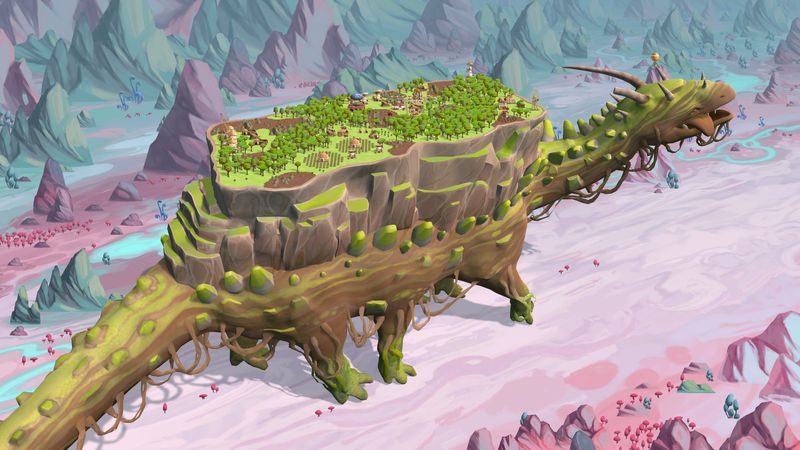
Visuals and Graphics
Studio Ghibli–inspired art brings this village-builder to life. Pastel hues, soft outlines, and lush foliage evoke a moving painting. Dozens of building variants keep each settlement looking unique, while detailed creatures and plants add charm. Zoom in, and you’ll catch villagers gathering by the well, chatting and thriving in a lovingly handcrafted world.
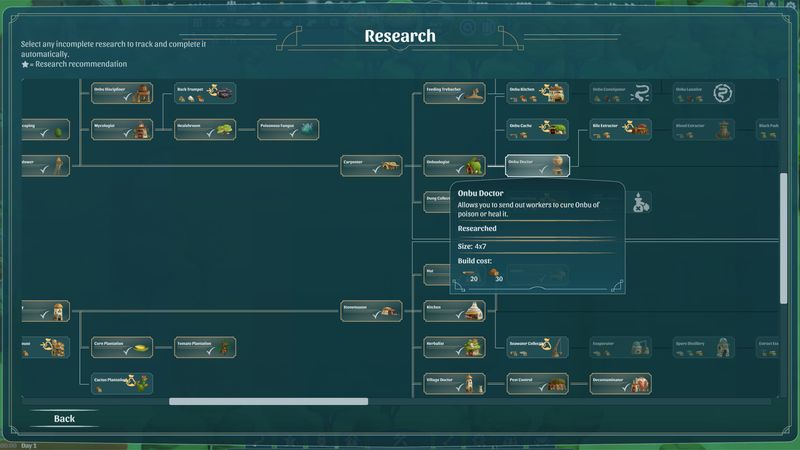
Sound and Music
The soundtrack elevates every moment with gentle flutes and swelling strings—perfect for a cup of tea or a late-night session. Immersive sound effects, from rain on mushroom caps to Onbu’s footsteps, enrich the atmosphere. While critical alerts could be louder, the soft murmur of villagers speaking their charming, made-up language never grows tiresome.

Difficulty and Replayability
You can tailor each run’s difficulty, from relaxed casual settings to punishing masochist mode. Easy runs let you unwind and experiment, while hardcore modifiers ramp up resource scarcity and spore density for a thrilling challenge. Randomized terrain and toxic patterns ensure no two sessions feel alike, making “just one more run” irresistible.
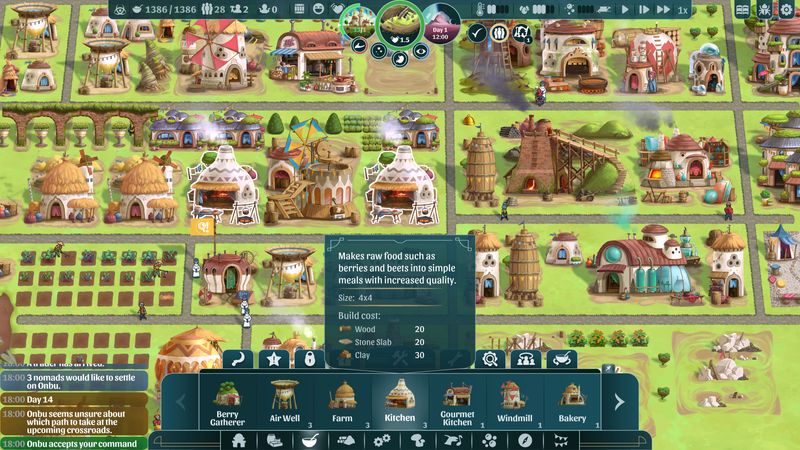
Trivia and Behind the Scenes
The Wandering Village grew from a five-year Kickstarter campaign. Early backers helped shape core features in beta tests. Stray Fawn Studio, a small Canadian team, remains active in chats to gather feedback on art, UI tweaks, and mechanics. Upcoming updates promise new critters and mini recreational spots, ensuring the game evolves with player input.
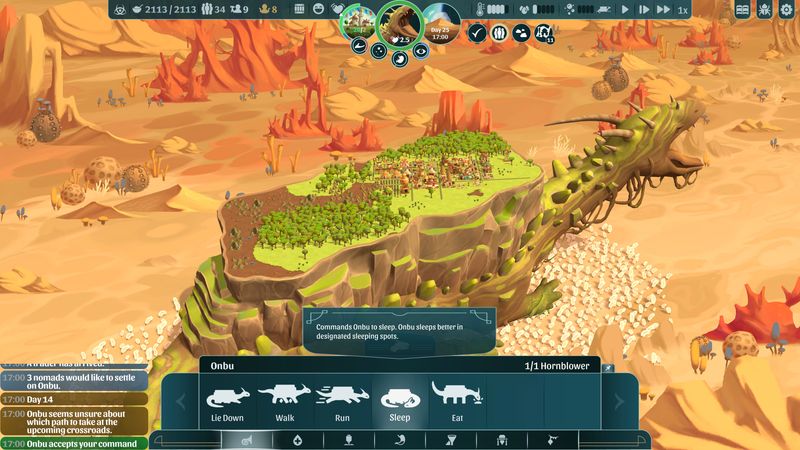
Final Thoughts
If you love cozy sims with a twist, gentle pacing, and a sprinkle of tension, The Wandering Village is a wonderful pick. It’s not perfect. Alerts need a bit more oomph, and I’d welcome extra life around town, but it nails the vibe of caring for both your people and a giant friend.
Rating: 4.5 out of 5 stars
Happy building, fellow chiefs! May your Onbu stay healthy and your villages thrive. I’ll see you in the next cozy corner of the gaming world.
